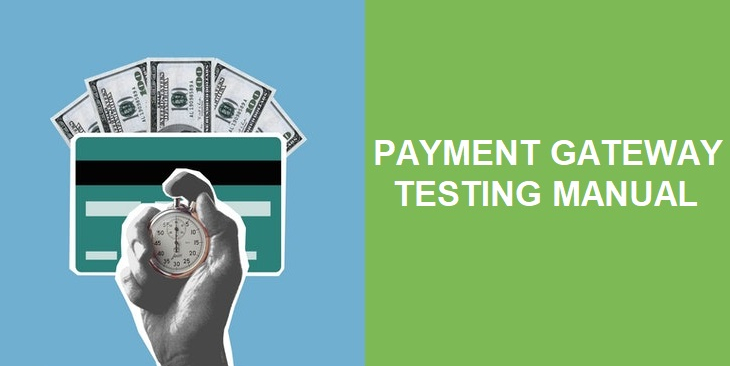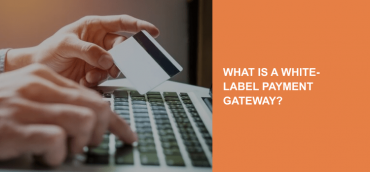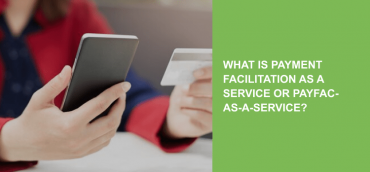Nowadays, eCommerce is booming. More and more merchants are switching to selling goods and services online. However, to start accepting online payments, they need a stable payment gateway. To make sure it works smoothly and safely, there exists a series of tests. Let’s discuss everything one has to know about testing payment gateways and choosing the most suitable ones for their companies.
What does the term mean?
A payment gateway is an eCommerce service that makes online shopping possible. The system approves payment methods by working as an intermediary between the client and seller’s banks. No matter which provider you pick, you will be able to accept credit and debit cards as well as some other payment methods, namely electronic bank transfers, cash cards, etc.
Payment gateways types:
- Hosted. In this case, the gateway sends a client away from the online store to the payment service provider’s page;
- Shared. It allows a customised integration into the seller’s site. One may control every step of the checkout.
A brief overview
Specially-designed tests ensure the third party between customers’ credit/debit cards or other transaction channels, and the seller’s bank work properly. Testing checks various parameters to help store owners deliver the best security. It helps verify important aspects affecting the software’s performance, functionality, security, and fix issues beforehand.
A payment gateway has one main function. It securely transfers the payment data and waits for the bank’s code which approves or denies the financial operation. Regardless of how reputable a company you choose to cooperate with is, testing is a crucial part of the process. It allows checking every feature and function you receive with the software.
Before we discuss different types of testing and how to perform them, let’s take a closer look at the transaction flow. It’ll help you to understand some testing peculiarities later.
Payment transactions: Close-up look
People who don’t work in this industry don’t usually realise how many things need to happen to complete a transaction. They are used to shopping online and receiving payment verification in a matter of seconds. However, when you look closer, you see that several steps take place.
At first, a client chooses the wanted products/services. As soon as all the items are in the cart, the client goes to the checkout page, which requires all payment details. They include billing/shipping addresses, the chosen payment method option, card information, etc.
After a client fills in all billing fields, the gateway encrypts and securely transmits them to the acquiring bank. At this point, the seller’s bank transfers the information to the issuing bank. The latter either approves the charge or not.
Finally, the operation is either approved or denied. The issuing bank sends the appropriate code to the payment processor to complete the operation. After all these steps happen (which seems like in a blink of an eye for customers), the client sees the notification about successful/failed payment.
Before we get started
As you learn more about different testing options you can implement, there are a few things to take into account:
- It’s best if you use a sandbox to inspect all features and possibilities. Confirm the data flow has no anomalies, like the lack of recorded data or duplicate transactions;
- To get the best possible results, you should start with gathering dummy credit/debit cards (+ related information) and setting up a test environment. Some service providers offer a sandbox feature to let you test any tool;
- It’s crucial to control every test from the very beginning to the end;
- Get a list of error codes and other information you might need during testing;
- Come up with a strategy to cover all aspects and account for all possible payment scenarios;
- Ensure the error messages appear when they are required. It’ll prevent confusion from the customers and smooth the experience.
Step-by-step instruction on payment gateway testing
Some testing scenarios include:
- Inspect the software’s performance with several dummy cards. Add some invalid variables to see all possible outcomes;
- Check if a client sees a notification about the successful payment immediately with the transaction approval;
- Confirm if the client additionally receives a notification (on the phone or email) about the successful payment;
- Inspect the flow during a failed transaction;
- Verify a client sees a notification about a failed payment;
- Study the gateway’s behavior when it stops responding;
- Test all fraud protection tools and security settings;
- Confirm the gateway records every successful transaction;
- Examine the software’s performance when the session expires during transactions;
- Confirm the correct currency is used to complete the payment;
- Test every payment-processing option your service provider offers;
- Ensure the refund is the same sum of money after the order was cancelled or voided;
- Examine if the software refunds money using the provided terms & conditions (within a certain time or depending on the payment mode, for instance);
- Check the software’s performance when the client cancels the order in the middle of the transaction, e.g., click on the Back button and see if the session is still active;
- Ensure the user’s data is transmitted over a secure channel;
- Disconnect the Internet during the payment process;
Add additional tests if needed to ensure the proper behavior of each feature you have.
FAQ
- What is gateway testing?
The payment gateway testing is a procedure of checking all system’s features, security settings, and other related aspects that may influence the checkout procedure.
- How many payment gateway testing types are there?
Before integrating a new payment gateway, one can complete four types of testing. They include functional, integration, performance, and security testing.
- Is functional testing essential?
Such tests prove the application works smoothly and performs all the required features. Sometimes it can be skipped, but only with highly reputable gateways.
- What’s peculiar about integration payment gateway testing?
It performs a crucial role as it checks whether the compatibility. During multiple tests, experts verify the client can easily use the software to submit an order and complete payment. The tests aim to discover how seamless the shopping experience is at every stage, including order processing, payment processing & verification. Another aspect of this testing is whether the seller’s bank receives the money. Finally, integration tests show whether any transactions are void or refunded.
- What does performance testing do?
Just like integration testing, performance is another aspect you can’t neglect. Performance testing checks how the payment gateway behaves when many users access it at once. For instance, will the system cope with 100 purchases in one second without crashing? One should increase the number of users above the threshold to see if the gateway fails.
- Is security testing the most significant one on the list?
Security is always a priority when it comes to financial transactions. During every payment, users share sensitive information as they insert the payment details. Testing must confirm if the data is securely transferred and properly encrypted. Security testing makes sure the data is shielded from cyber-attacks, hackers, and other vulnerabilities.
- How to choose the best payment gateway?
One should account for many details before getting any payment gateway. Firstly, it’s the pricing policy of doing business with the gateway’s provider. Secondly, one must verify it’s secure, user-friendly, and modern.
- What are the top 5 things to pay attention to before buying payment gateway services?
To make the most of your purchase, you’d better learn about the compatibility with the shopping cart. Other crucial details to look for are the presence of the Address Verification System Protection feature, the list of provider’s supported applications, the transaction fees, and what payment methods can be processed.
Final thoughts
A payment gateway is an important element for any eCommerce website/application. It has been created to help accept online payments 24/7. There is no need to control every transaction and work non-stop because the website will do it for you. While there is sensitive information and money involved, it’s crucial to test the gateway thoroughly. System errors or insecure connections can impact the customers’ experience and your reputation.
The checkout process greatly impacts the customer satisfaction rate. When building a reputation as a trusted seller, things have to go smoothly. So, when integrating any payment gateway, you’d better complete a series of tests and confirm the software works well.
Perform a series of tests like the ones described above to assess every aspect and foresee all sorts of issues. Verify you are ready to go live and accept payments using all four types of payment gateway tests.




